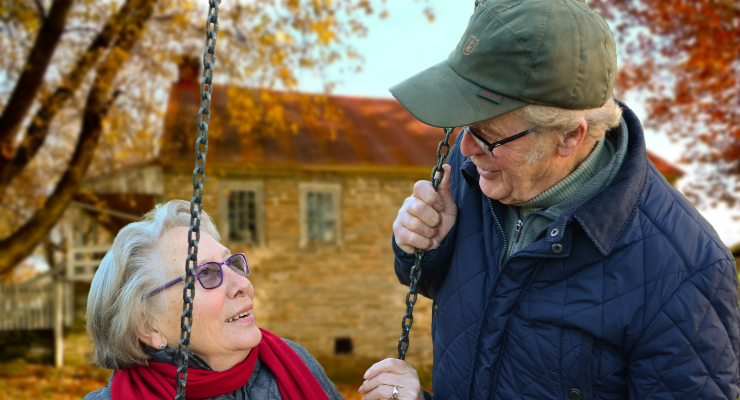Beauty Packaging Staff09.23.20
According to the 2019 World Population Ageing report by the United Nations (UN), the number of people aged 65 and above on earth will increase from 703 million in 2019 to 1.5 billion in 2050. A new report by P&S Intelligence predicts that this increase will steadily drive the global anti-aging market, from $191.5 billion in 2019 to $421.4 billion by 2030, at an 8.1% CAGR between 2020 and 2030.
Drivers of Growth
With age, the fibrous tissue and glandular network in the layers of skin reduces, which leads to dryness, wrinkles, sagging, and pigmentary alteration. To avoid these aesthetic problems, the elderly are rapidly taking steps to keep looking youthful and lively. Apart from reducing the signs of aging, such treatments and products also tighten and revitalize the skin. Moreover, the rising appearance consciousness and awareness about anti-aging treatments are encouraging the elderly to go for them, says P&S Intelligence.
During the coronavirus crisis, the anti-aging market is witnessing subdued growth, because the shutdown of manufacturing plants has led to hindrances in the supply of associated products. Moreover, most of the cosmetic clinics and other medical settings offering aesthetic treatments have suspended operations, as the main focus of the healthcare sector is currently on COVID-19 patients. People are only purchasing essential items, which has reduced the demand for anti-aging products and treatments in the short term, but not the long term.
Geographical Regions to Watch
According to the report, North America is the highest revenue contributor to the anti-aging market currently, due to its rising plastic surgery volume, booming geriatric population, and increasing popularity of non-surgical cosmetic procedures and sales of at-home anti-aging products.
Asia-Pacific (APAC) is forecasted to witness the fastest industry advance in the next decade, owing to the rising number of elderly people, cosmetic surgeries, and conferences and seminars, which are helping raise awareness about the various products and treatments available.
Drivers of Growth
With age, the fibrous tissue and glandular network in the layers of skin reduces, which leads to dryness, wrinkles, sagging, and pigmentary alteration. To avoid these aesthetic problems, the elderly are rapidly taking steps to keep looking youthful and lively. Apart from reducing the signs of aging, such treatments and products also tighten and revitalize the skin. Moreover, the rising appearance consciousness and awareness about anti-aging treatments are encouraging the elderly to go for them, says P&S Intelligence.
During the coronavirus crisis, the anti-aging market is witnessing subdued growth, because the shutdown of manufacturing plants has led to hindrances in the supply of associated products. Moreover, most of the cosmetic clinics and other medical settings offering aesthetic treatments have suspended operations, as the main focus of the healthcare sector is currently on COVID-19 patients. People are only purchasing essential items, which has reduced the demand for anti-aging products and treatments in the short term, but not the long term.
Geographical Regions to Watch
According to the report, North America is the highest revenue contributor to the anti-aging market currently, due to its rising plastic surgery volume, booming geriatric population, and increasing popularity of non-surgical cosmetic procedures and sales of at-home anti-aging products.
Asia-Pacific (APAC) is forecasted to witness the fastest industry advance in the next decade, owing to the rising number of elderly people, cosmetic surgeries, and conferences and seminars, which are helping raise awareness about the various products and treatments available.




























